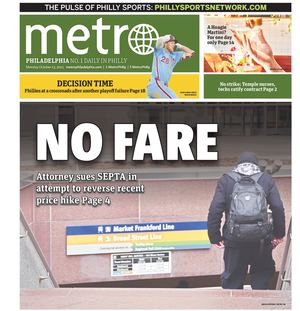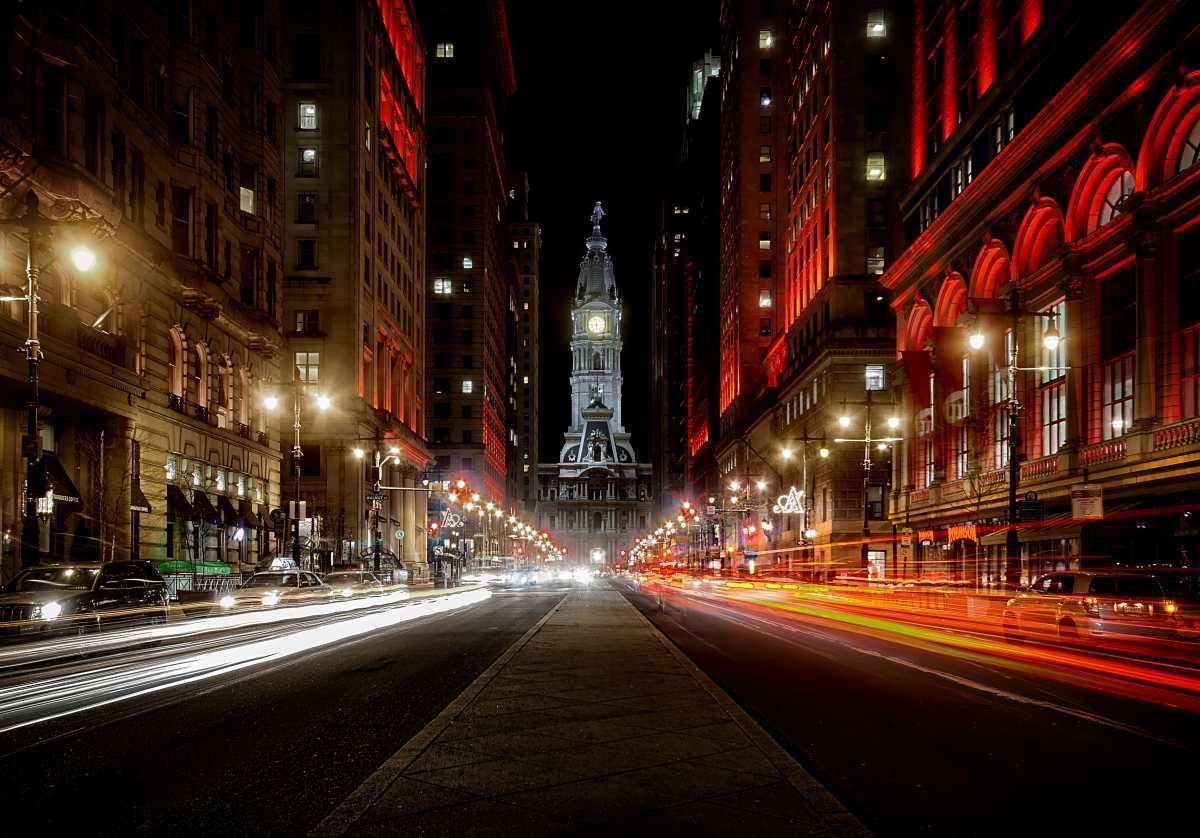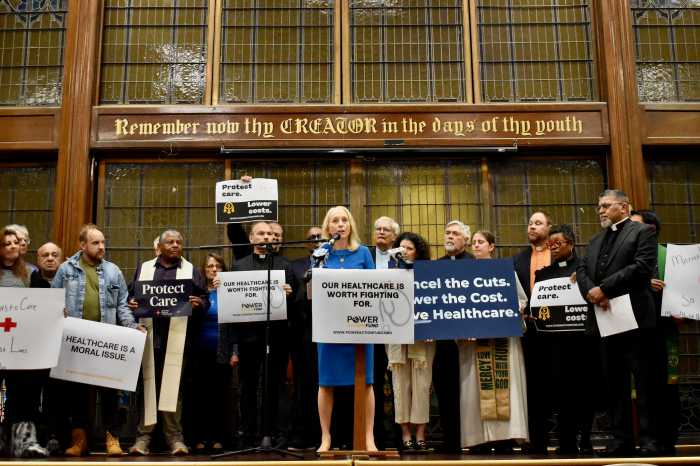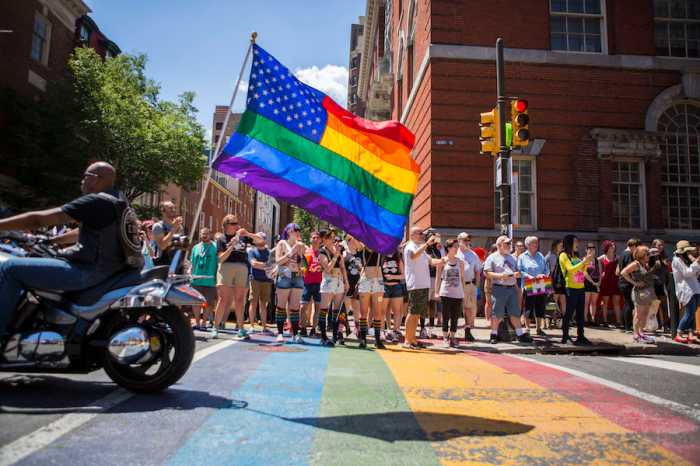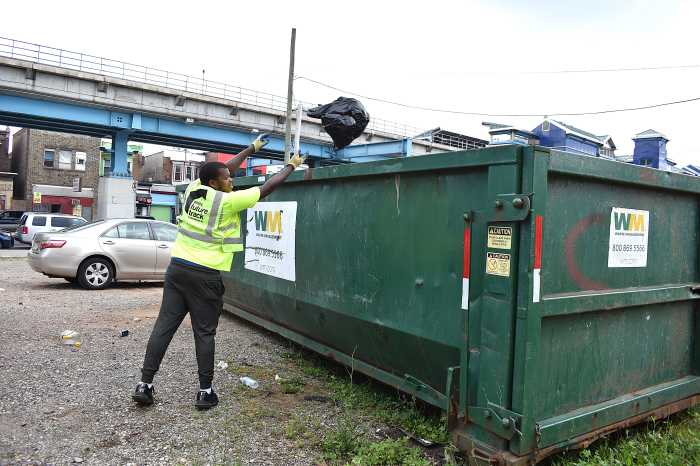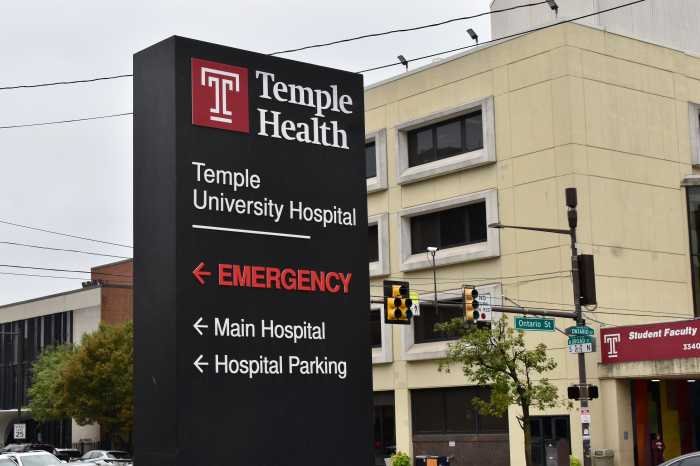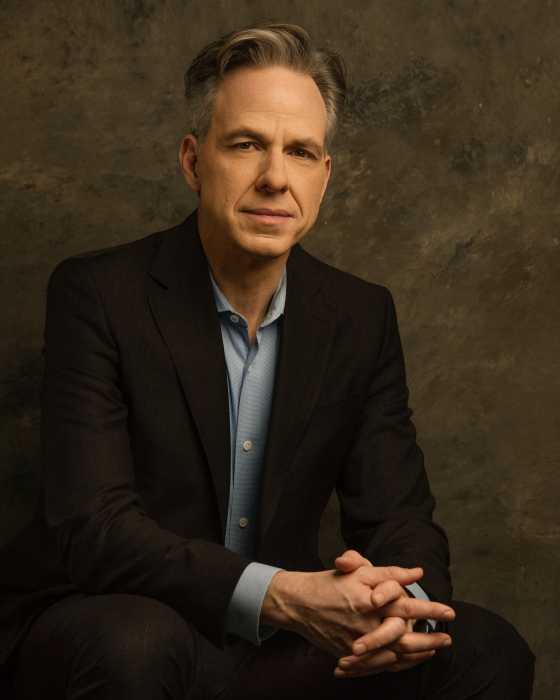According to a new study, Philly’s nightlife is booming, and it’s paying off big for the city.
The Department of Commerce released two inaugural impact studies highlighting the billion-dollar impact of Philadelphia’s nighttime and music economies, which analyze the city’s economic activity between the hours of 6 p.m. and 6 a.m.
The first study examined a range of sectors including hospitality, arts, culture, sports, manufacturing and essential services (such as healthcare, construction and hospitality). The second study focused solely on the music industry’s economic impact.
“These inaugural impact studies offer essential insights—tracking visitation trends, sector-specific activity, and geographic patterns across the city,” said Raheem Manning, Director of Nighttime Economy with the Department of Commerce. “We are pleased to now have a clearer understanding of where we are today, and that these studies can be a vehicle guiding us as we chart the path forward.”
According to the studies, nighttime industries generated more than $358 million in annual tax revenue in the City of Philadelphia, and more than $570 million across the Commonwealth.
The economic footprint extended to the city’s workforce as well — approximately 132,000 jobs were supported from 2022-2024 data, generating $9 billion in wages for local workers.

“These impact studies make it clear: Philadelphia’s nighttime and music economies are vital to our city’s economic growth, job creation, and overall quality of life,” said Mayor Cherelle Parker. “As we enter the busy summer season, with residents, businesses, and visitors engaging in late-night activities, this data offers valuable insights to guide our ongoing initiatives.”
“At World Cafe Live, we see firsthand how vital the music and nighttime economies are to both our cultural heartbeat and economic vitality,” said Kerri Park, Chief Operating Officer at World Cafe Live. “These findings affirm what we’ve long known—live music venues are not just places for entertainment; they’re economic engines and community anchors.”
